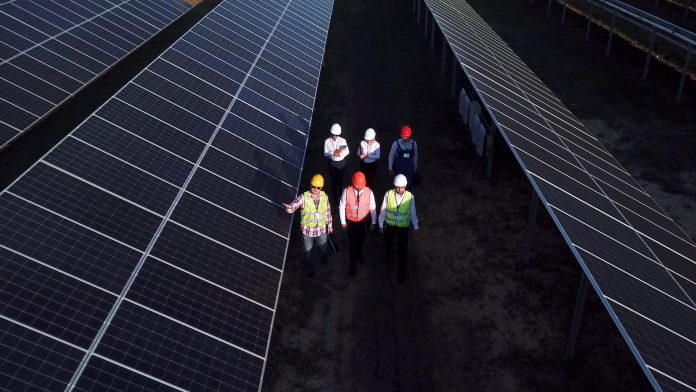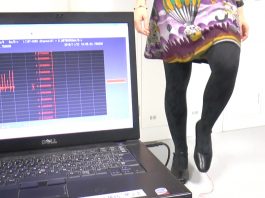A new study conducted by Upsala University, Sweden, has demonstrated ‘outstanding success’ in harvesting hot electron holes, potentially revolutionising solar cells, photochemical reactions, and photosensors.
Some metallic nanoparticles can absorb light and generate both positive and negative electrical charges. If these charges develop in light absorption they are referred to as ‘hot’, the positive charges of which are known as ‘electron holes’ because they are missing an electron in the valence band.
The well-studied phenomenon of hot electrons can accumulate in semiconductors, extending their life and enabling them to be used in photocatalysts, solar cells, and photosensors.
The research team from Uppsala University published its findings in the journal Nature Materials. The paper suggests that the team collected more than 80% of the hot holes in a semiconductor, which is three times as many as expected.
The research team suggests that ‘a fundamental understanding of hot-carrier dynamics in photo-excited metal nanostructures is needed to unlock their potential for photodetection and photocatalysis. Despite numerous studies on the ultrafast dynamics of hot electrons, so far, the temporal evolution of hot holes in metal–semiconductor heterostructures remains unknown’.
The implications of harvesting hot holes
Prior to this study, the scientists from Uppsala University hypothesised that the accumulation of the positive charges will also affect the dynamics of the negative charges, which has since been confirmed in their recent paper.
The team also suggested that when light is absorbed and electrical charges are produced, the ‘electron temperatures’ rises. By harvesting the hot holes, scientists can increase the electronic heat capacity, allowing the modification of electron temperatures.
This indicates that it is possible to manipulate the energy distribution of the electrons by controlling the degree to which the electron holes are removed. This is a major discovery as it enables regulation of the maximum voltage in a direct plasmonic solar cell (a solar cell uses plasmons as the active photovoltaic material to convert light into electricity) or control of the reactive window in a photocatalytic process.









